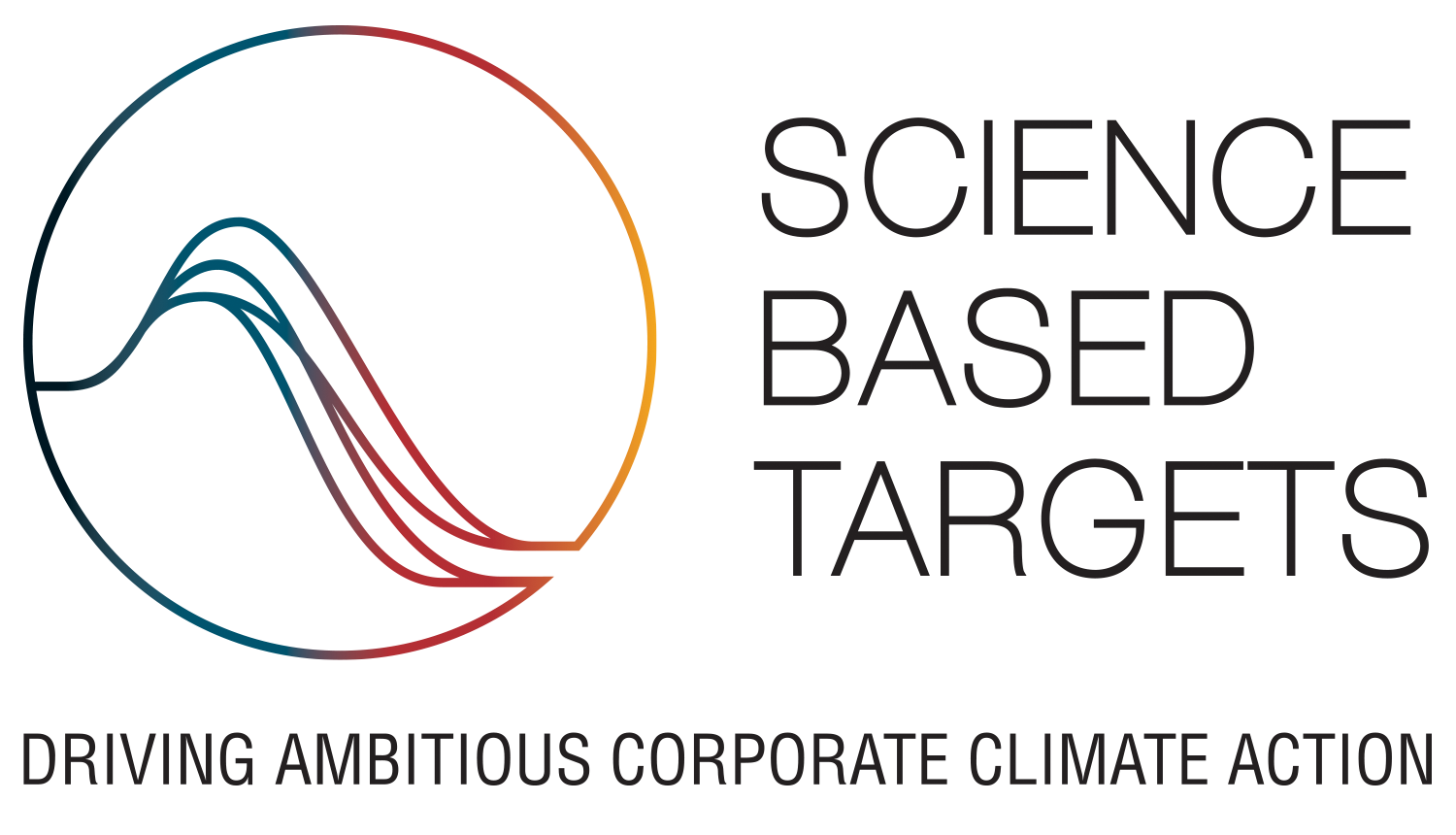Coor's climate goals approved by Science Based Targets
Coor’s climate goals have been validated by the Science Based Targets Initiative (SBTi). “We’re proud that our climate goals have been verified as scientific in line with the Paris agreement,” commented AnnaCarin Grandin, CEO and President at Coor.

In order to limit global warming to 1.5°C, Coor has set a target of reducing its emissions of greenhouse gases under scope 1 and scope 2 by 75% by 2030. To address scope 3, Coor has set a target to ensure that 75% of the company’s scope 3 emissions come from suppliers with targets approved by SBTi. This goal is to be met by 2026.
“As a leading FM supplier, it is natural for us to work towards long-term sustainable growth. The fact that our climate goals have been approved by SBTi confirms that our climate work is focusing on the right things,” AnnaCarin Grandin explains.
Coor has also adopted SBTi’s Net-Zero target, which means that Coor in 2022 is working to set the strategy for reaching Net-Zero greenhouse gas emissions and the year when the target will be met. According to the standard this is no later than 2050 but Coor is aiming to determine a strategy that will make this possible earlier.
“Coor is continuously strengthening its sustainability culture, which we see as a way to future-proof the company,” AnnaCarin Grandin continues.
Calculations according to the Green House Gas Protocol
Coor calculates its greenhouse gas emissions according to the Green House Gas Protocol. Emissions are broken down into three scopes (areas), that indicate if the emissions are direct or indirect.
Scope 1 includes direct emissions from Coor’s vehicle fleet and machine park. The long-term goal is to have an entirely fossil-free vehicle fleet.
Scope 2 includes indirect emissions from premises where Coor has operational control of excess energy use. The long-term goal is to use only renewable energy sources to meet the demand for electricity, heating, and cooling in the premises.
Scope 3 includes remaining indirect emissions from purchased goods and services, as well as capital goods, employee commuting, waste management and distribution. Emissions from purchased goods and services constitute the majority of Coor’s climate impact. In addition to the goal that 75% of suppliers adopt targets in line with SBTi for scope 3 emissions, Coor has also set the target of reducing emissions from food and beverage by 30% by 2025 compared to the baseline year 2018.

